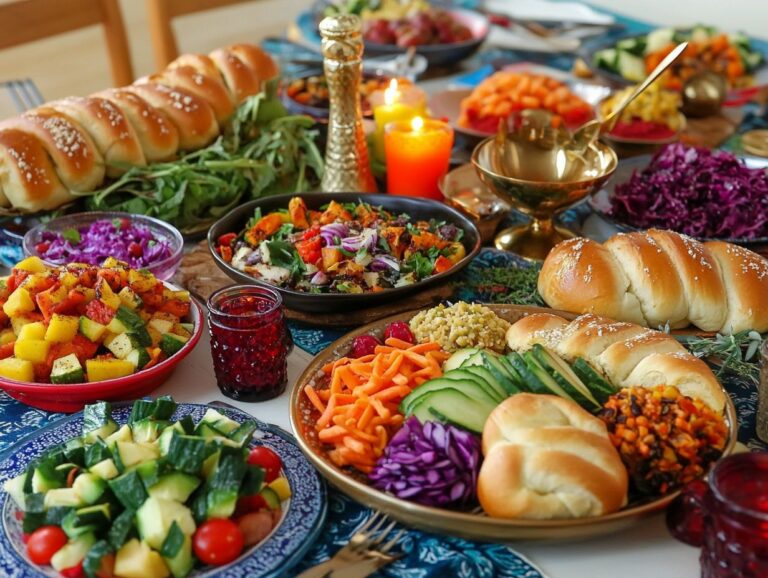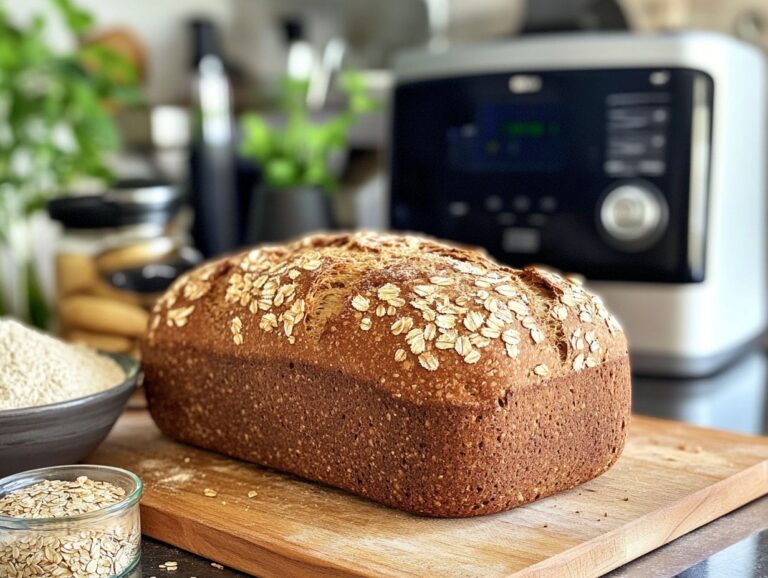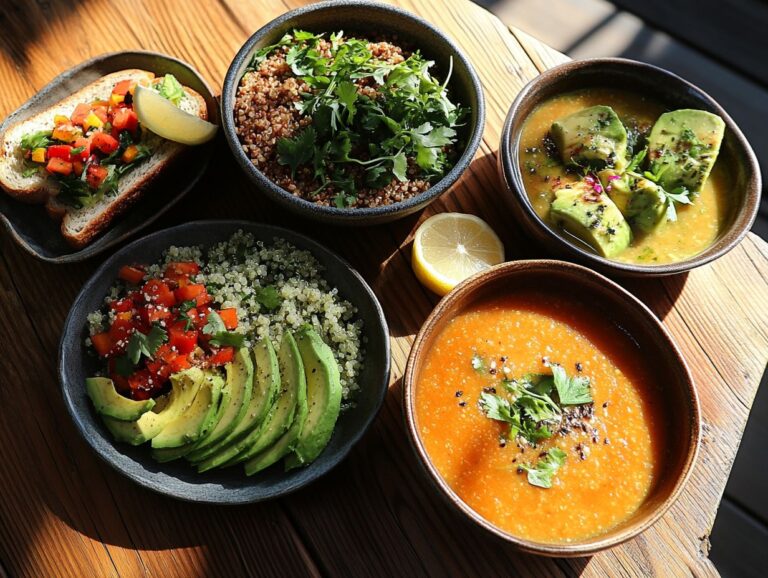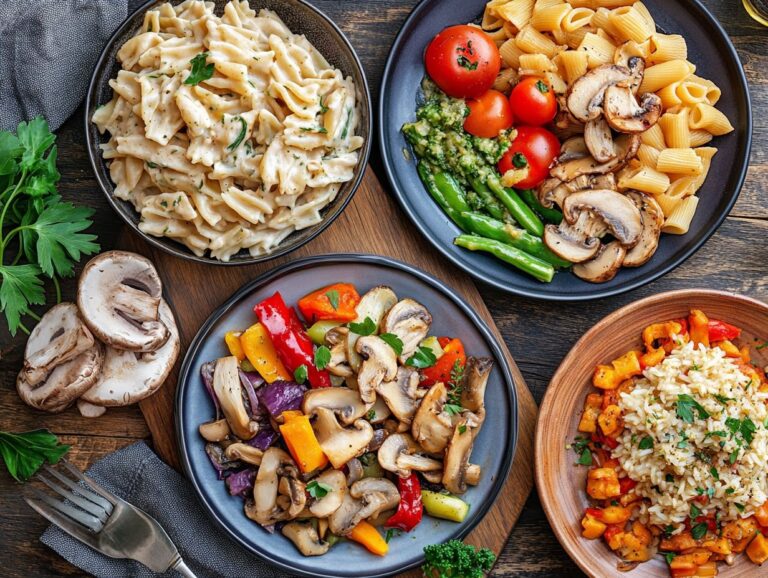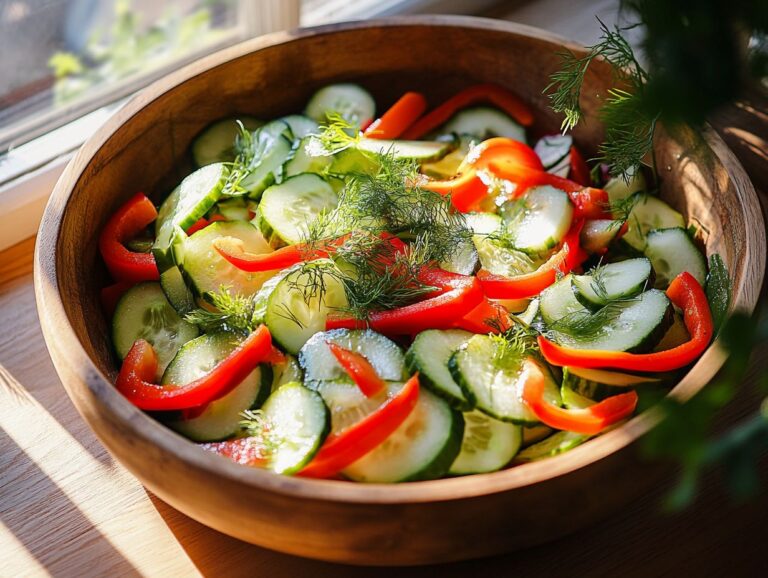Shiitake mushrooms are a culinary gem, particularly for those adhering to a vegan lifestyle or exploring plant-based gourmet dishes. These mushrooms are packed with rich flavors and numerous health benefits, enhancing the depth and excitement of a wide range of vegan and gluten-free dishes. This article delves into the nutritional value of shiitake mushrooms, provides tips on how to prepare and cook them, and shares delicious vegan recipes that highlight their unique umami taste and versatile culinary applications. Whether you’re an experienced chef or a novice in the kitchen, you’ll discover inspiration to elevate your meals with these versatile fungi through various cooking techniques and creative flavor pairings.
What are Shiitake Mushrooms?
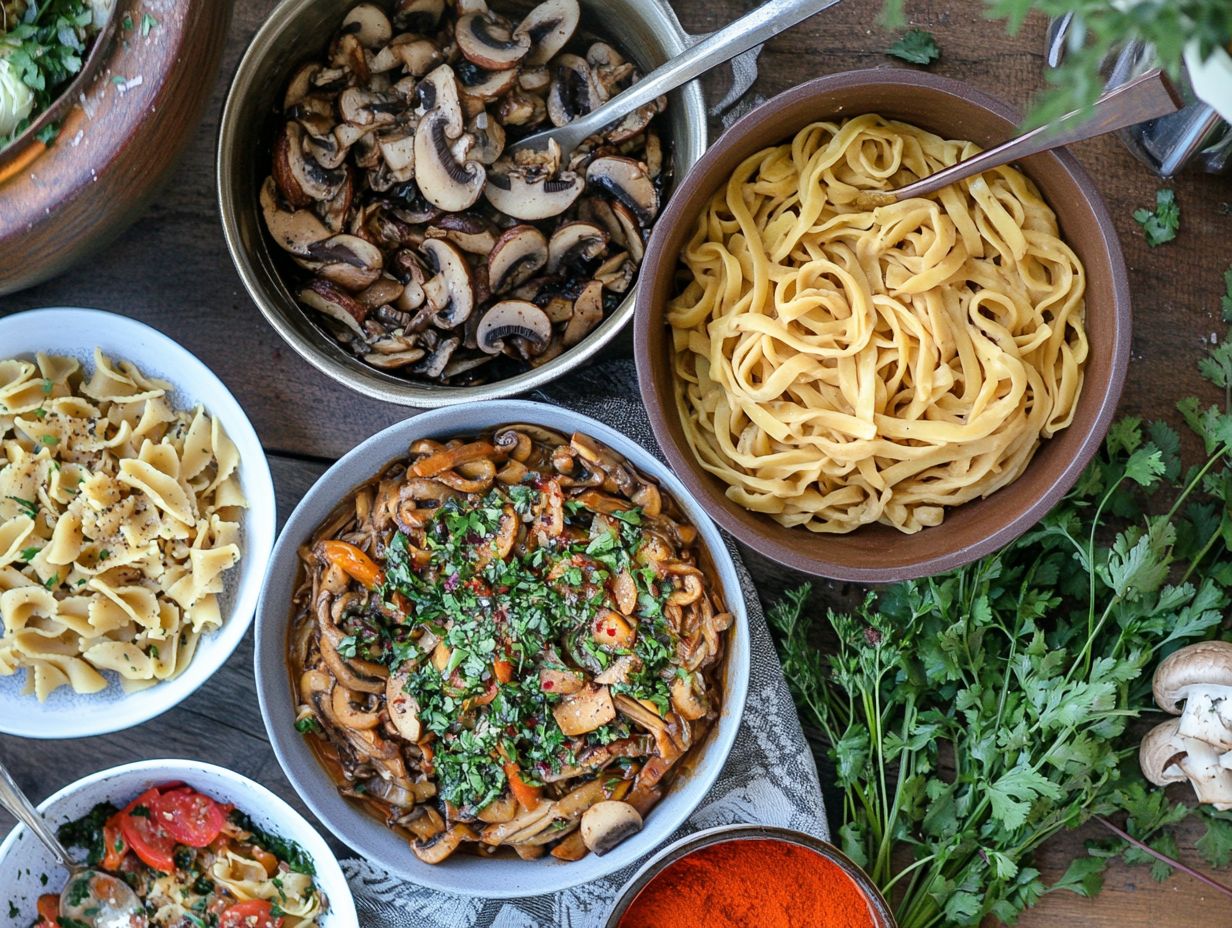
Shiitake mushrooms are renowned for their rich umami flavor and meaty texture, making them a cherished ingredient in various global cuisines. They are celebrated not only for their culinary versatility but also for their numerous health benefits, making them a staple in vegan cuisine and healthy meal prep. Originating from East Asia, shiitake mushrooms are now cultivated worldwide and are commonly included in vegan and vegetarian diets, making them an essential component of plant-based cooking.
Their savory profile enhances a wide range of gourmet dishes, from appetizers, soups, and salads to stir-fries and main dishes.
These mushrooms can be easily integrated into gluten-free and dairy-free recipes, appealing to those seeking wholesome and nutritious meal options, and serve as excellent meat alternatives. Beyond their flavor, shiitake mushrooms offer impressive health benefits, including immune support and potential anti-cancer properties, largely due to their rich content of beta-glucans, nutrients, and other bioactive compounds.
With a history rooted in traditional Chinese medicine, shiitake mushrooms are praised for their ability to boost energy, enhance wellness, and promote overall well-being.
In contemporary cooking, they shine in Asian dishes like ramen and dumplings, as well as in Western cuisine, such as risottos and pasta sauces. Their earthy flavor complements a variety of fresh herbs and aromatic spices, allowing for creative infusions in plant-based recipes that cater to diverse dietary preferences while promoting sustainable cooking practices.
Benefits of Including Shiitake Mushrooms in a Vegan Diet
Shiitake mushrooms offer numerous benefits for those on a vegan diet, including their nutritional richness, immune system support, and heart-healthy properties, making them a top choice for vegan protein sources. Incorporating shiitake mushrooms into a vegan diet enhances not only flavor but also overall nutrition, making each meal both delicious and satisfying.
These nutrient-dense mushrooms provide a wide range of essential vitamins, minerals, and antioxidants, making them an excellent choice for anyone pursuing a healthy, balanced plant-based lifestyle.
According to the USDA, 100 grams of cooked shiitake mushrooms contain significant amounts of B vitamins, particularly B5 (pantothenic acid), B6 (pyridoxine), riboflavin, and niacin (vitamin B3). B vitamins are essential for energy metabolism, the production of red blood cells, and proper immune system functioning.
Additionally, shiitake mushrooms serve as a source of high-quality plant protein, containing all essential amino acids. They also contain plant compounds such as beta-glucans and other polysaccharides, which may support heart health by lowering cholesterol levels and enhancing immune response.
These beneficial properties align perfectly with the principles of ethical eating and sustainability.
Nutritional Value and Health Benefits
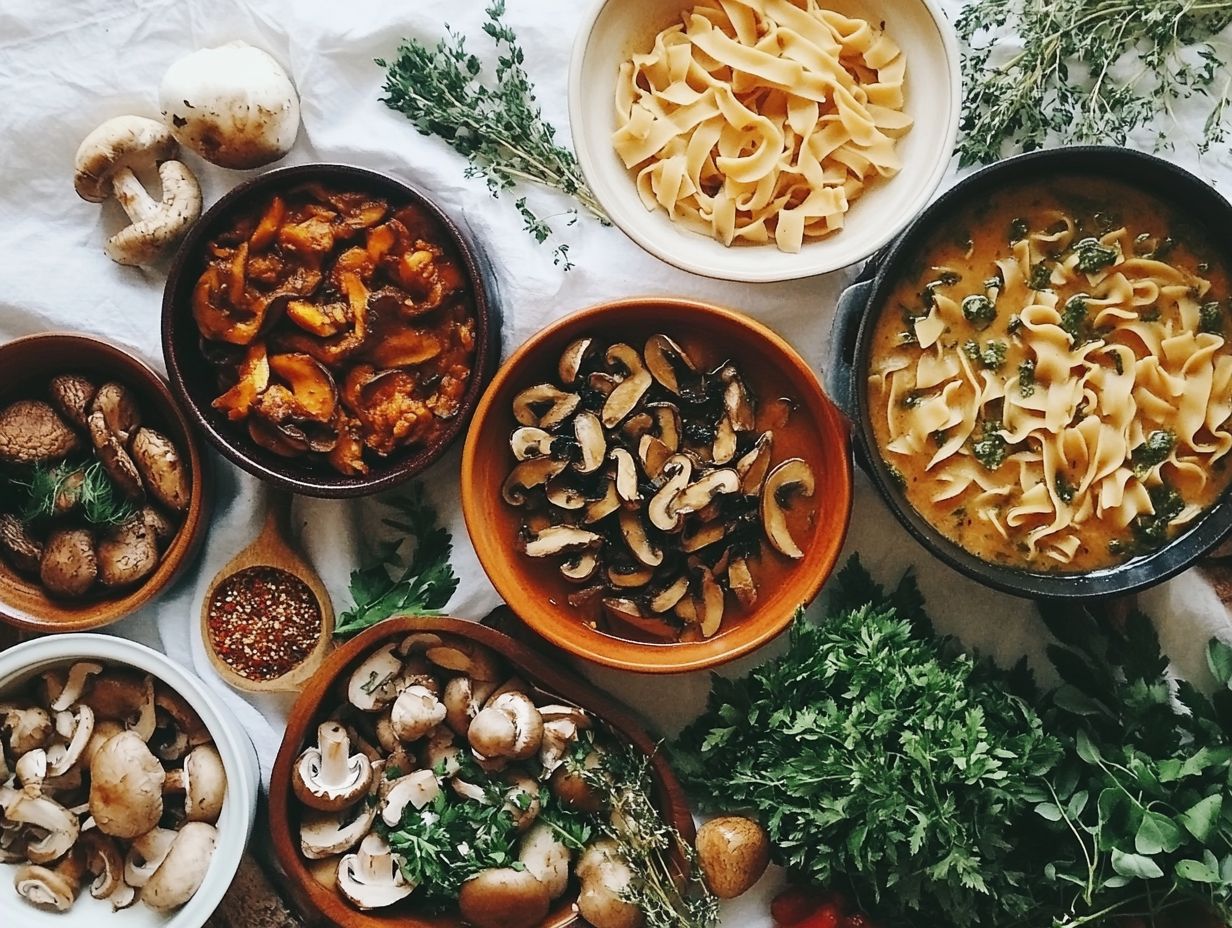
Shiitake mushrooms are highly nutritious, low in calories, and packed with beneficial nutrients, making them one of the most popular edible mushrooms among health-conscious consumers and food lovers. These mushrooms are not only low in calories, but they are also rich in antioxidants that help reduce oxidative stress in the body and dietary fiber that promotes digestive health.
Shiitake mushrooms contain a variety of minerals, including selenium, copper, and magnesium, which support numerous bodily functions, promote wellness, and contribute to overall well-being. Their unique compounds, such as lentinans, are linked to immune-boosting properties, which positions shiitake mushrooms as a superfood in the vegan and plant-based categories.
These attributes not only give shiitake mushrooms a remarkable nutritional profile but also perfectly align with the dietary needs and ethical eating principles of individuals following a vegan lifestyle. With approximately 34 kcal per 100 grams, they are an excellent addition for anyone seeking to maintain a balanced diet without sacrificing flavor.
Additionally, shiitake mushrooms are a source of essential vitamins, including B vitamins like riboflavin and niacin, which are vital for energy metabolism and brain health. Their combination of low calories and high nutritional value makes shiitake mushrooms an ideal ingredient for those looking to naturally enhance their nutrient intake while enjoying delicious meals.
How to Prepare Shiitake Mushrooms for Cooking
Cooking shiitake mushrooms is a straightforward process that enhances their flavor and texture, making them an excellent addition to vegan recipes and a staple in any plant-forward kitchen.
Begin by selecting fresh, organic shiitake mushrooms, ensuring they have firm caps and a deep, rich brown color.
For preparation, clean the mushrooms by wiping the caps with a damp cloth or gently brushing them with a soft brush to maintain their fresh quality. Avoid soaking shiitake mushrooms in water, as they will absorb moisture and become soggy.
You can slice or chop the mushrooms according to your preference for cooking. Shiitake mushrooms are versatile and can be prepared using various methods, including sautéing, roasting, grilling, and stir-frying.
Cleaning and Cutting Techniques
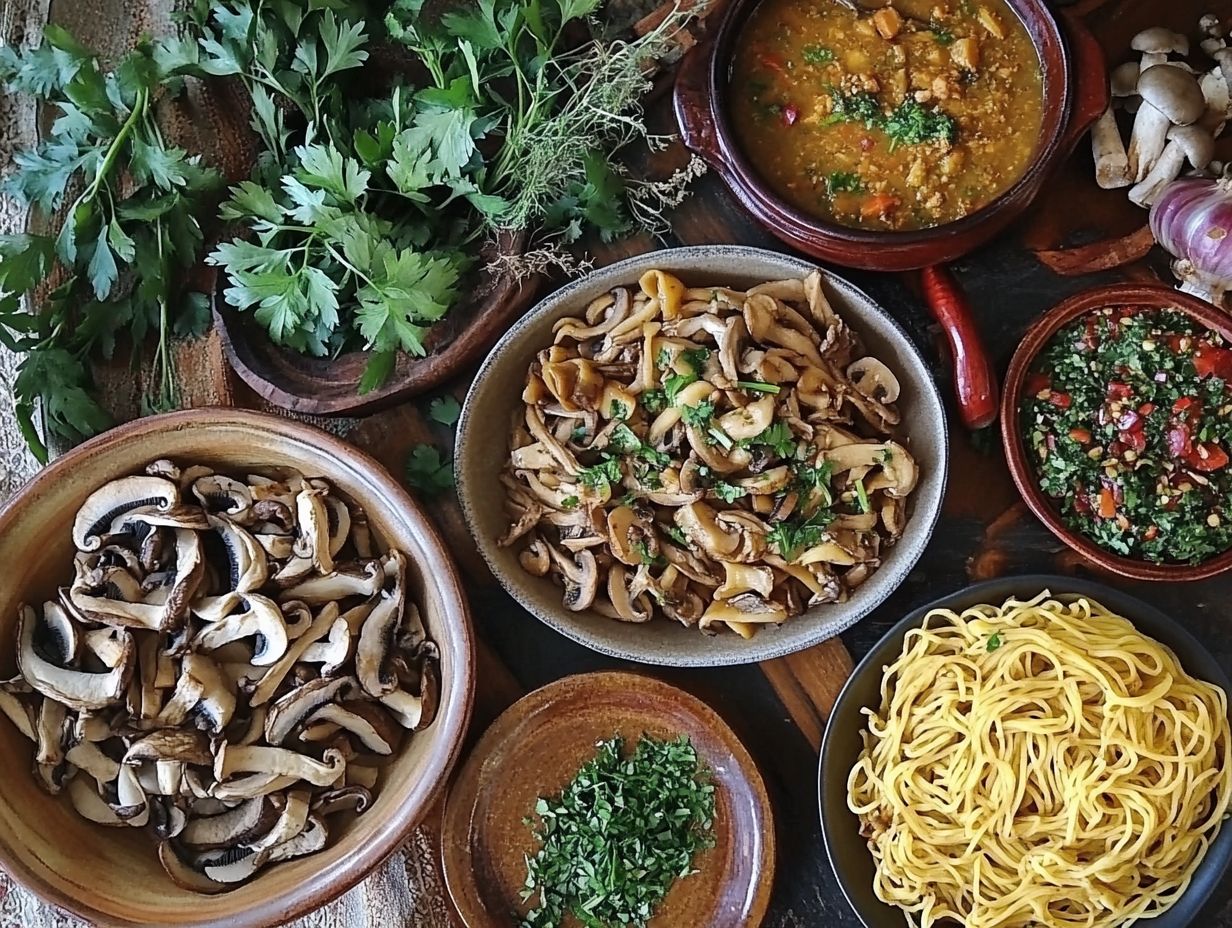
To clean shiitake mushrooms, gently use a damp cloth or a soft brush to remove dirt and debris from the caps. It’s important not to soak them in water, as this can compromise their distinct flavor and tender texture.
In terms of cutting these mushrooms, start by removing the stems, which can be tough and woody, and then proceed with your preferred slicing techniques. Slice the caps into your desired shapes; thin strips are perfect for stir-fries, while thicker slices work well for grilling, ensuring even cooking and better flavor absorption.
Choose the appropriate cutting methods based on the dish you’re preparing and the textures you aim to achieve. For instance, finely diced shiitake mushrooms can impart an intense umami flavor to sauces, while larger pieces add a meaty texture to hearty soups. Additionally, slicing and marinating the mushrooms before cooking can help enhance their flavors further.
Delicious and tasty Vegan Recipes and cooking tips with Shiitake Mushrooms
Vegan recipes featuring shiitake mushrooms elevate meals to gourmet status by imparting a delicious umami flavor and adding a touch of elegance that many food enthusiasts enjoy. As a key ingredient in a wide range of vegan dishes, shiitake mushrooms can enhance both quick meals and more elaborate dinners for guests, making them a versatile choice for family meals and dinner parties.
Their versatility shines in various cooking styles, including soups, stews, stir-fries, salads, and appetizers.
This section presents a selection of easy vegan recipes that showcase the culinary versatility and nutritional benefits of shiitake mushrooms.
Shiitake Mushroom Stir-Fry
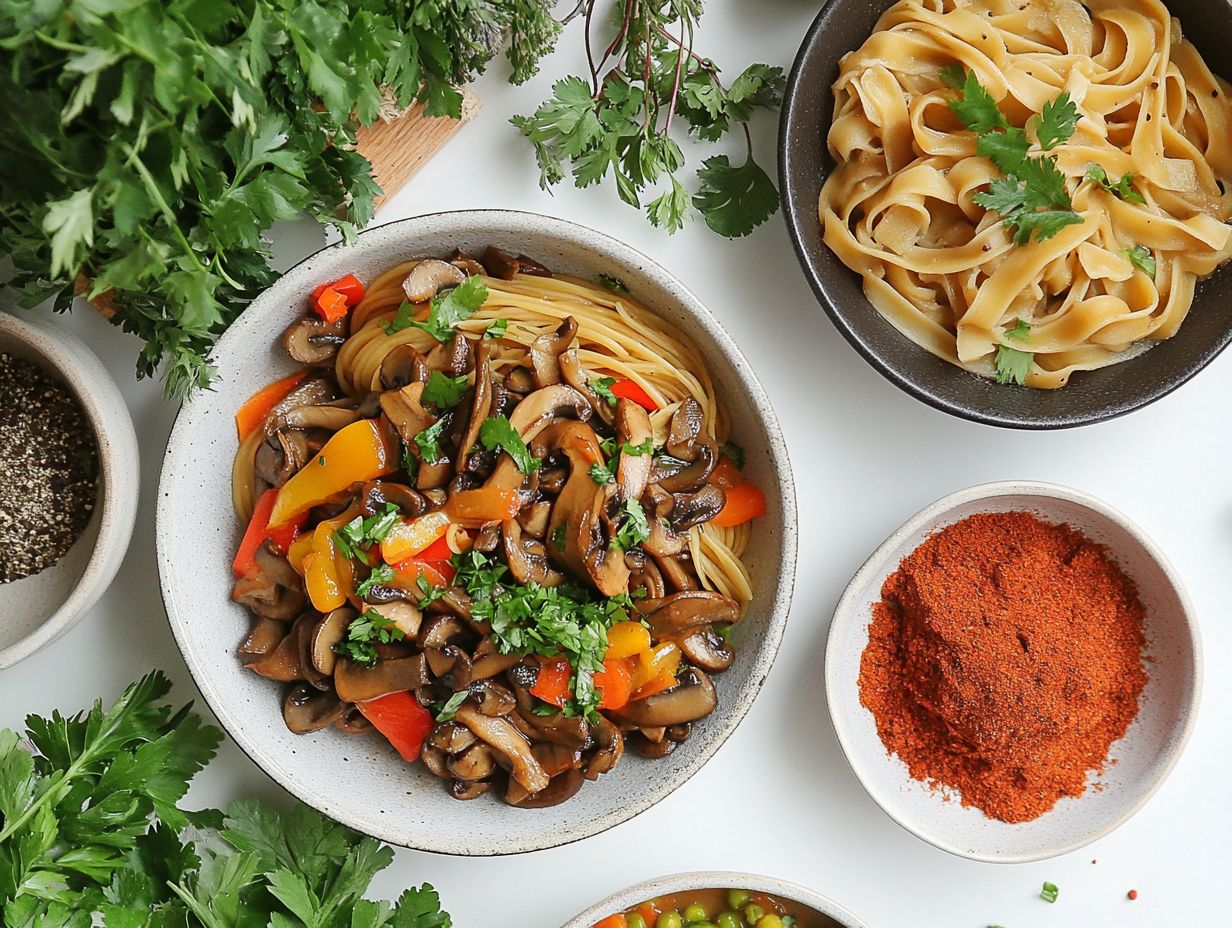
A shiitake mushroom stir-fry is a quick and healthy meal option that highlights the delicious flavors of these mushrooms, complemented by fresh seasonal vegetables and a variety of spices. The umami richness of shiitake mushrooms is showcased, while the vibrant colors of the dish make it visually appealing to both food enthusiasts and those pursuing a healthy plant-based lifestyle, highlighting the importance of presentation and plating.
To prepare the stir-fry, begin by sautéing shiitake mushrooms in a hot skillet or wok until they turn golden brown. Next, add seasonal vegetables, tofu or tempeh, and finish with soy sauce or an umami-rich marinade. Choosing vegetables such as:
- bell peppers
- bok choy
- snap peas
will enhance the dish by providing additional color and flavor.
For optimal results, heat sesame oil in a very hot skillet to ensure a quick cooking process that preserves the nutrients in the ingredients. Minced garlic and ginger are then added to infuse the oil with flavor, followed by the shiitake mushrooms, which should be allowed to brown to enhance their savory taste and aromatic qualities.
As the mushrooms cook, add the vegetables in stages based on their individual cooking times. This dish can be easily customized with various sauces, from teriyaki to oyster sauce, or by incorporating nuts for added crunch. The shiitake mushroom stir-fry is not only a speedy meal but also a dish rich in flavor and nutrition, making it perfect for busy evenings and meal prep.
Shiitake Mushroom and Tofu Scramble
A shiitake mushroom and tofu scramble is a delicious, high-protein breakfast that is both nutritious and filling, making it a perfect choice for those following a vegan diet and looking for healthy, satisfying meal ideas. This easy recipe combines crumbled tofu with sautéed shiitake mushrooms, fresh herbs, and spices to create a savory dish that can be enjoyed on its own or served alongside whole grain toast or quinoa. The distinctive flavor of shiitake mushrooms pairs well with tofu, making this scramble an excellent option for meal prep, a quick morning meal, or a delightful addition to any food blog or cookbook.
Shiitake Mushroom and Tofu Scramble Recipe
Prep Time: 5 minutes
Cook Time: 10 minutes
Servings: 4
Ingredients and toppings:
- 2 tablespoons olive oil
- 8 oz shiitake mushrooms, sliced
- 12 oz firm or extra-firm tofu, drained and crumbled
- 1/4 cup vegetable broth
- 2 tablespoons tamari or soy sauce
- 1/2 teaspoon turmeric
- 1/2 teaspoon garlic powder
- Salt and pepper to taste
- Fresh and organic herbs (parsley, chives, or cilantro), chopped (for garnish)
Instructions:
- In a large pan, heat the olive oil over medium heat.
- Add the sliced shiitake mushrooms and sauté for 5 minutes, stirring occasionally.
- Incorporate the crumbled tofu, vegetable broth, tamari or soy sauce, turmeric, garlic powder, salt, and pepper into the pan. Stir well and cook for an additional 5 minutes until everything is heated thoroughly and the flavors meld together.
- Remove from heat and garnish with chopped fresh herbs. Serve hot.
Nutritional Info (per serving):
- Calories: 220
- Protein: 18g
- Fat: 14g
- Carbohydrates: 12g
- Fiber: 3g
Tips for Making a Shiitake Mushroom and Tofu Scramble:
This vegan dish is easy to customize and perfect for those following a plant-based lifestyle.
- Add vegetables such as spinach, bell peppers, or cherry tomatoes to enhance the meal’s nutritional value.
- Incorporate nutritional yeast for a cheesy flavor.
- Adjust seasonings to suit your preferences, such as adding chili flakes for heat or maple syrup for sweetness.
The protein content of this dish makes it a filling meal that provides sustained energy and satisfaction for several hours. As such, a shiitake mushroom and tofu scramble is an ideal breakfast option, as well as an excellent choice for lunch or dinner. Its versatility allows it to be customized to suit individual tastes. Adding a variety of vegetables, herbs, and spices can provide additional nutrients and flavors, making this dish delicious and healthy.
Shiitake Mushroom and Vegetable Soup
This vegan and gluten-free soup is perfect for those looking for a healthy, low-calorie meal.
Shiitake mushroom and vegetable soup is a warming and hearty dish that serves as an excellent source of nutrition for cold days or whenever you crave a healthy meal. This simple recipe combines shiitake mushrooms with seasonal vegetables, herbs, and spices to create a flavorful broth that nourishes both body and soul. Perfect for a cozy dinner or a comforting lunch, this soup can be a staple in any vegan or plant-based diet.
The strong umami flavor of shiitake mushrooms perfectly complements the soup’s taste and enhances its overall nutrient density, making it an ideal option for meal prep or a quick dinner.
Packed with essential nutrients, this shiitake mushroom and vegetable soup is also a great source of antioxidants from both the mushrooms and vegetables. You can enhance its nutritional benefits by adding ingredients like carrots, spinach, and garlic, which provide immune support and help prevent common colds, especially during the winter months. These superfoods boost the health benefits of the dish, making it an excellent choice for those focused on wellness and nutrition.
A dash of soy sauce or a drizzle of sesame oil just before serving enhances the umami flavor and adds a fragrant finish. Easy to prepare and infinitely customizable, this soup is a fantastic addition to any healthy eating regimen. Try adding different vegetables or spices to suit your taste and dietary needs, making it an ideal option for meal ideas and flavor explorations.
Tips for Cooking with Shiitake Mushrooms
Shiitake mushrooms are a key ingredient in many vegan recipes, offering a meaty texture and umami flavor that makes them an excellent meat alternative. Whether you are making main dishes, soups, or salads, these mushrooms are incredibly versatile.
What is the best way to cook shiitake mushrooms? Here are some cooking techniques to maximize their flavor and texture.
Shiitake mushrooms can be sautéed, roasted, or grilled, and each cooking method enhances their flavor. Sautéing brings out their natural umami taste, while roasting and grilling add a smoky depth. These mushrooms pair well with ingredients like garlic, fresh herbs, soy sauce, and sesame oil for a savory finish.
Each cooking technique brings out the unique qualities of shiitake mushrooms. Try experimenting with different methods and flavor pairings to discover your favorite way to enjoy this versatile ingredient.
Enhancing Flavor and Texture
Explore how different culinary techniques can elevate the flavor and texture of shiitake mushrooms, making them a highlight in plant-based and vegan cuisine.
The flavor and texture of shiitake mushrooms can be greatly enhanced through the use of appropriate cooking methods and techniques, resulting in rich and delicious plant-based meals that are satisfying to eat. To develop deep and complex flavors, try marinating shiitake mushrooms in various spices, herbs, and sauces. This allows the mushrooms to absorb all the flavors and aromas effectively, creating gourmet dishes.
To further enhance texture and flavor, shiitake mushrooms can be sautéed, grilled, or stir-fried, which imparts a charred quality and depth. Incorporating fresh herbs and aromatics in shiitake mushroom dishes can elevate the overall taste and complement the umami flavor of the mushrooms.
Shiitake mushrooms are versatile fungi, and experimenting with different cooking methods can significantly impact their flavor and texture. For instance, adding soy sauce or sesame oil to the marinade introduces a savory richness while enhancing their natural nuttiness. These techniques are excellent for preparing vegan protein options or meat alternatives that are both nutritious and satisfying.
Improving the texture of shiitake mushrooms can also be achieved by pairing them with contrasting elements, such as crunchy vegetables or creamy vegan sauces. Spices like smoked paprika or cumin can introduce unique flavor profiles. Additionally, cooking methods such as stir-frying, baking, or grilling offer various preparations and creative ways to incorporate shiitake mushrooms into our diets. These methods are especially useful for those engaged in home cooking or meal prep, aiming to create delicious and healthy dishes.

